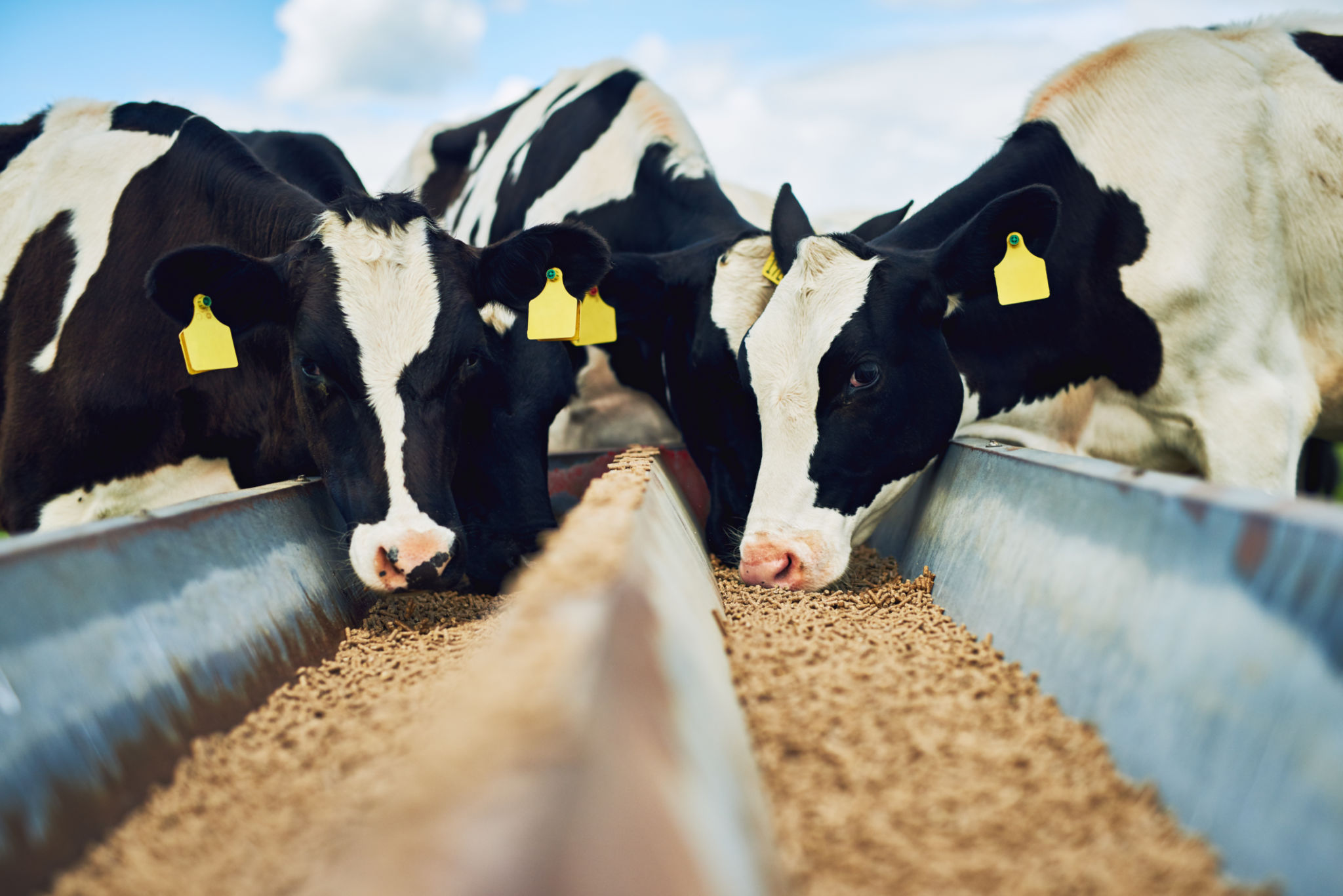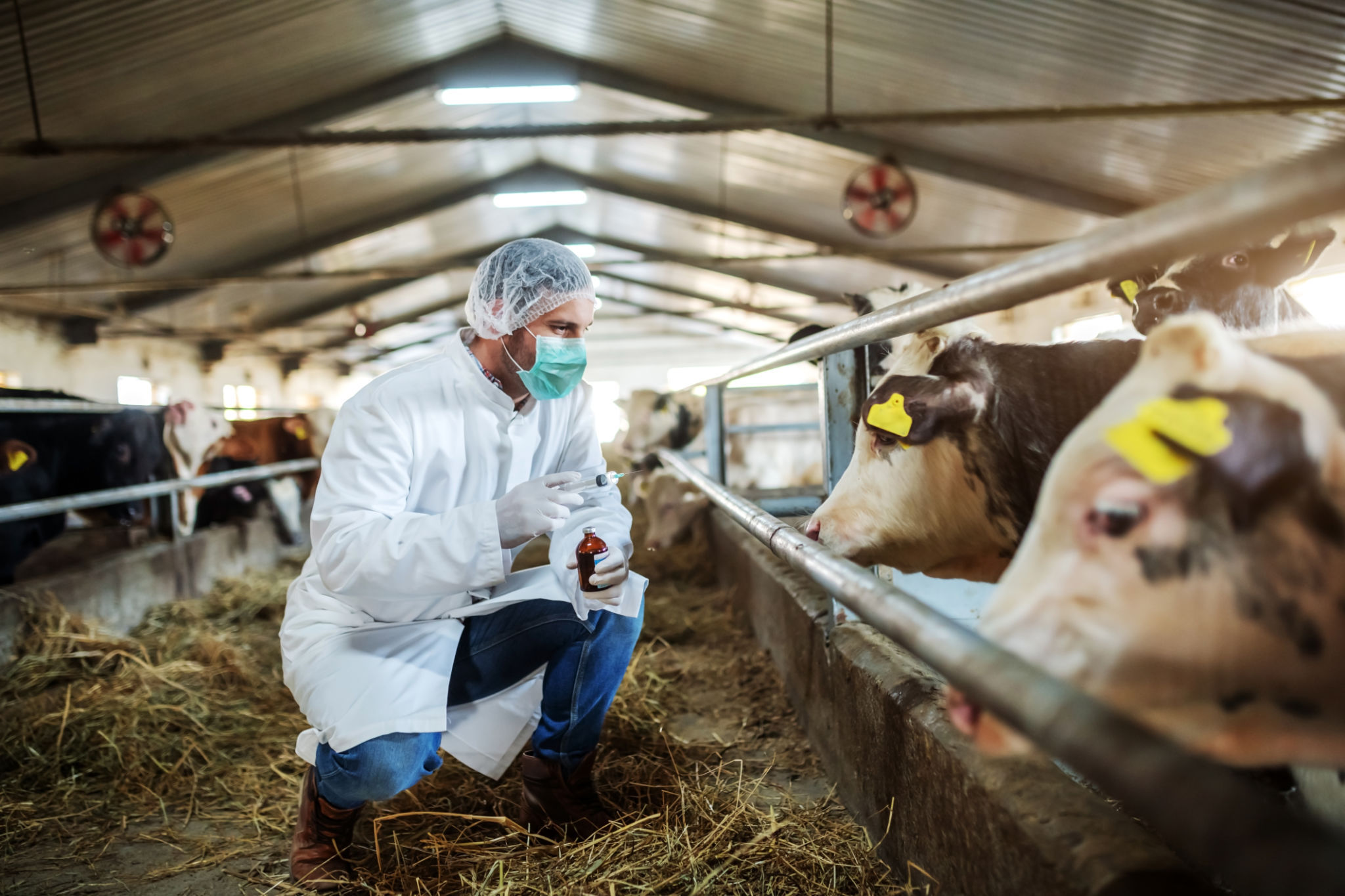Beginner's Guide: How to Raise Small Highland Cattle
Why Choose Highland Cattle?
Highland cattle are a unique and charming breed known for their long horns and wavy coats. Originating from Scotland, these cattle are not only visually striking but also well-suited for small-scale farming. With their hardy nature and ability to thrive in various climates, Highland cattle make an excellent choice for beginners interested in raising livestock.

These cattle are particularly valued for their lean beef, which is lower in cholesterol and higher in protein compared to other beef breeds. Their gentle temperament and manageable size make them ideal for those new to cattle farming.
Setting Up Your Farm
Choosing the Right Land
Before bringing any cattle onto your property, it's crucial to ensure you have the right setup. Highland cattle require ample grazing space. A general rule of thumb is to have at least one acre of land per cow. This provides enough room for grazing, which is an essential part of their diet.
Additionally, the land should offer adequate shelter from harsh weather conditions. Highland cattle are resilient but providing access to natural or man-made shelter will help maintain their health and comfort.
Fencing and Shelter
Investing in sturdy fencing is a must when raising Highland cattle. These animals are known for their curiosity and strength, so a well-maintained fence will prevent them from wandering into dangerous areas.

For shelter, a simple barn or three-sided structure can suffice, offering protection from wind, rain, and snow. Highland cattle's thick coats make them quite tolerant of cold weather, but shelter is still necessary to keep them dry and healthy.
Feeding and Nutrition
Highland cattle primarily rely on grass for their nutritional needs, making them an economical choice for small farms. During winter months or when pasture grass is scarce, supplement their diet with hay. It's important to provide fresh water at all times to ensure proper hydration.
In some cases, mineral supplements may be required to maintain optimal health. Consult with a veterinarian or livestock nutritionist to determine the best dietary plan for your herd.

Health Care and Maintenance
Routine Health Checks
Regular health checks are essential to prevent disease and ensure the well-being of your cattle. Schedule routine veterinary visits for vaccinations and deworming treatments. Observe your cattle daily for any signs of illness or distress.
Maintaining a clean living environment is equally important. Regularly clear out waste from shelters and check pastures for hazards such as poisonous plants or debris.
Handling and Training
Highland cattle are known for their docile nature, but early handling is crucial for establishing trust and ease of management. Spend time with your cattle to get them accustomed to human interaction. This will make tasks like hoof trimming and veterinary visits much simpler.
Begin training your cattle from a young age with basic commands and leash training. This will promote cooperation and reduce stress for both you and your animals.
Understanding Breeding
If you're considering breeding your Highland cattle, it's essential to understand the basics of cattle reproduction. Ensure you have the resources to care for calves and the facilities to separate them when necessary. Consulting with experienced breeders can provide valuable insights into successful breeding practices.

Finally, always prioritize the welfare of your animals when planning your breeding program. Select healthy animals with desirable traits to improve your herd over time.
Conclusion
Raising Highland cattle can be a rewarding experience that combines sustainability with the charm of working with a unique breed. By providing proper care, nutrition, and training, you can enjoy the benefits of managing a healthy and content herd. Remember that patience and dedication are key as you embark on this exciting journey into cattle farming.